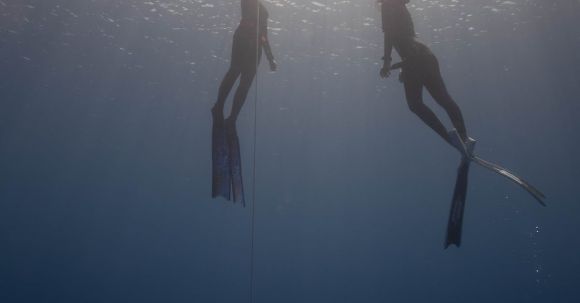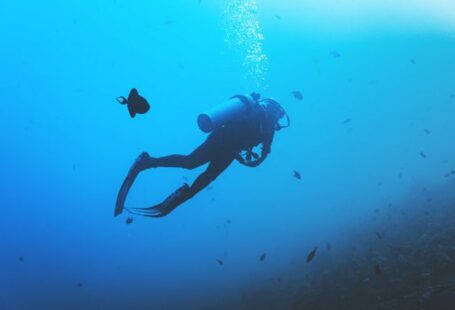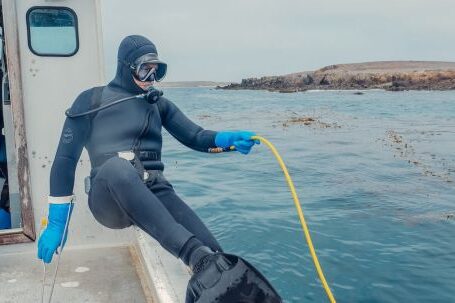Achieving proper buoyancy control is key to a successful scuba diving experience. It allows you to effortlessly glide through the water, conserve energy, and maintain a safe and comfortable depth. One important tool that can help you achieve optimal buoyancy is a properly fitted weight belt. In this article, we will explore the importance of a well-fitted weight belt and how it can improve your diving skills.
The Role of a Weight Belt
Before delving into the importance of a properly fitted weight belt, let’s first understand its role in scuba diving. A weight belt is designed to compensate for the natural buoyancy of your body and equipment. By adding weight, you can achieve neutral buoyancy, which means you neither sink nor float, but hover effortlessly at any desired depth.
The Importance of a Proper Fit
A weight belt that is too loose or too tight can have detrimental effects on your buoyancy control. If your weight belt is too loose, it can shift around during your dive, causing you to lose control and stability. On the other hand, if it is too tight, it can restrict your breathing and movement, leading to discomfort and potentially dangerous situations.
Finding the Right Weight
Determining the right amount of weight to add to your belt is crucial. The general rule of thumb is to start with 10% of your body weight, and then make adjustments based on your body composition, diving gear, and environmental factors. It’s important to note that adding too much weight can make you sink too quickly, while adding too little can result in difficulty descending.
Achieving Neutral Buoyancy
Once you have a properly fitted weight belt, you can focus on achieving neutral buoyancy. This skill takes time and practice to master but is essential for a smooth and enjoyable dive. Neutral buoyancy allows you to effortlessly hover at any depth without sinking or floating.
Fine-tuning Your Buoyancy Control
To fine-tune your buoyancy control, you can make small adjustments to your weight distribution. Moving weights from your weight belt to different parts of your body, such as your BCD (buoyancy control device) pockets, can help you achieve a more balanced and stable position underwater. Experimenting with different weight configurations will allow you to find the perfect balance for your body and gear.
Benefits of Proper Buoyancy Control
Mastering buoyancy control with a properly fitted weight belt offers numerous benefits to divers. First and foremost, it enhances safety by allowing you to maintain a controlled descent and ascent, preventing rapid changes in depth that can lead to decompression sickness. Additionally, it conserves energy, as you won’t have to continuously kick or use your arms to maintain a stable position. This, in turn, extends your dive time and allows you to explore more of the underwater world.
Conclusion: Dive with Confidence
By understanding the importance of a properly fitted weight belt and mastering buoyancy control, you can dive with confidence and enjoy a more fulfilling underwater experience. Remember to always check that your weight belt is snug but not constricting, and regularly reassess your weight needs based on different dive conditions. With practice and dedication, you’ll soon become a master of buoyancy control. So, gear up, dive in, and explore the wonders beneath the surface!





